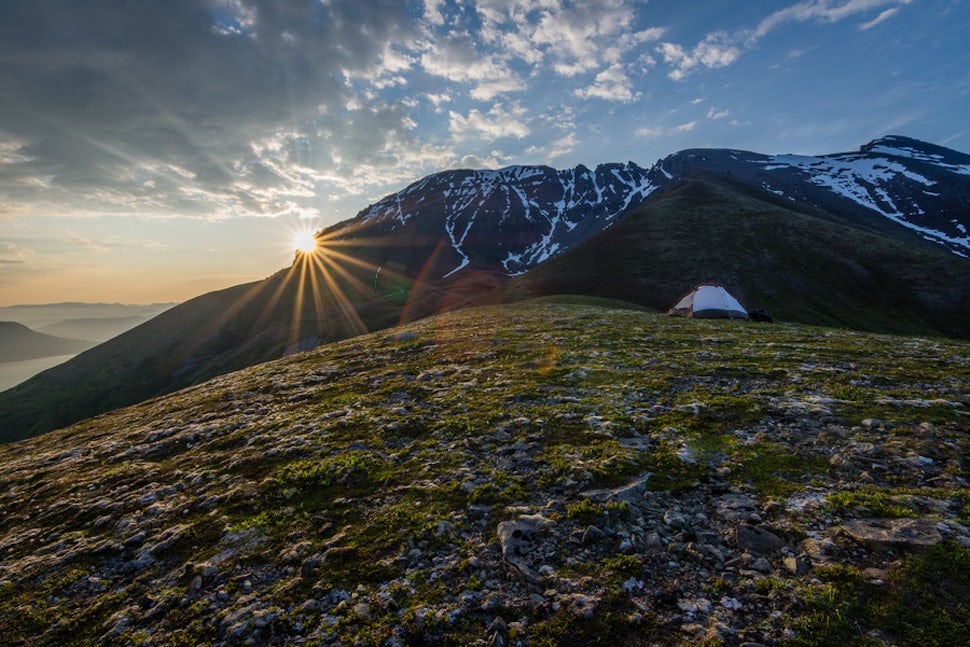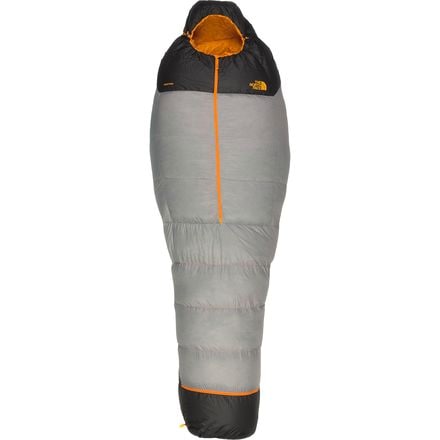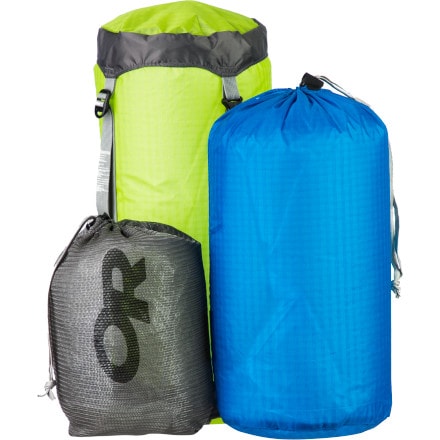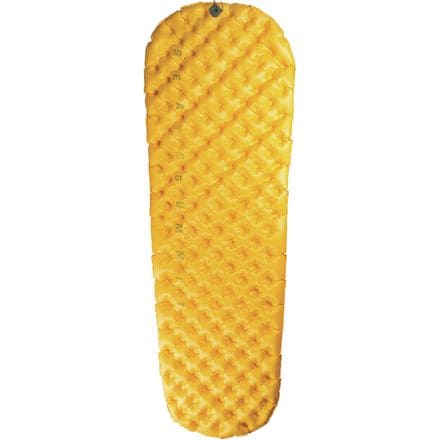5 Tips For Getting Started With Ultralight Backpacking
Your back will thank you.

So you love backpacking, but your body aches after lugging your 40 pound pack down the trail. You think to yourself, “there must be something better, right?” What if I told you that you could get by with only 10 pounds of gear. You’d probably think that’s crazy, but a 10 pound base weight – defined as the weight of everything in your pack minus consumables like food and water – is well within reach. All it takes is a slightly different mindset and you will be well on your way to a lighter pack! Below are my top 5 tips for beginners looking to break into the field of ultralight backpacking.

1. Weigh your gear - all of it.
Prepare to set aside a chunk of your weekend for this one, but I guarantee the results will be eye-opening. Some items which you considered to be “no big deal” may turn out to be surprisingly heavy. Assigning numbers to everything forces you to see how each piece of gear contributes to your overall pack weight. In the end, every piece of gear needs to earn its place in an ultralight backpacker’s pack. Some essential items will easily justify their weight, but you may decide that other minor pieces of gear aren’t worth the hit on your bottom line anymore.
2. Make a spreadsheet.
To complete the first step, you’re going to need a way to organize all your newfound data so you can make meaningful conclusions. Excel spreadsheets are particularly handy for this. You can group items by category (i.e. shelter, sleeping, cooking, clothing, etc.) and create automated formulas to calculate your total base weight. Every time you change a piece of gear, you can see tangible progress towards decreasing that weight on your back! If you need a starting point, check out this template.
3. Start with your “Big 3” items.
Trying to analyze all the items in your pack can get a little overwhelming, so simplify your first round by narrowing it down to your Big 3: shelter, sleeping bag, and backpack. For most of us, these make up the majority of our base weight, so it’s best to sort them out before moving on to more specific items. For backpackers on a budget, the Big 3 are also where you will find the biggest bang for your buck.

4. Read, read, read.
Like with any activity nowadays, the internet can provide a wealth of knowledge for newcomers if you know where to look. An excellent resource is Backpacking Light (or BPL for short). While a subscription will get you full access to all the articles they publish, anyone can read the forum threads for free. Whether you are interested in lists of ultralight companies to buy from, reviews of gear, scientific discussions about stove fuel efficiency, or anything else related to ultralight, you name it and they have it. Of course, there are plenty of other sites to choose from, but most authors with a separate blog or company also have a Backpacking Light account and actively post in the forums.
5. Be patient.
Keep in mind that this wasn’t meant to be a guide for magically making 30 pounds disappear from your backpack before your next trip. Like with anything worth pursuing, ultralight backpacking will take time. Personally, it took me roughly a year and half to drop my base weight from 35 pounds all the way down to 6 pounds. But I can promise that if you enjoy backpacking, you won’t regret putting in the time and effort to go ultralight. It has completely changed how I’m able to experience the outdoors and given me a fun challenge along the way.

Get the gear you need for your backpacking adventures:
We want to acknowledge and thank the past, present, and future generations of all Native Nations and Indigenous Peoples whose ancestral lands we travel, explore, and play on. Always practice Leave No Trace ethics on your adventures and follow local regulations. Please explore responsibly!
Do you love the outdoors?
Yep, us too. That's why we send you the best local adventures, stories, and expert advice, right to your inbox.











